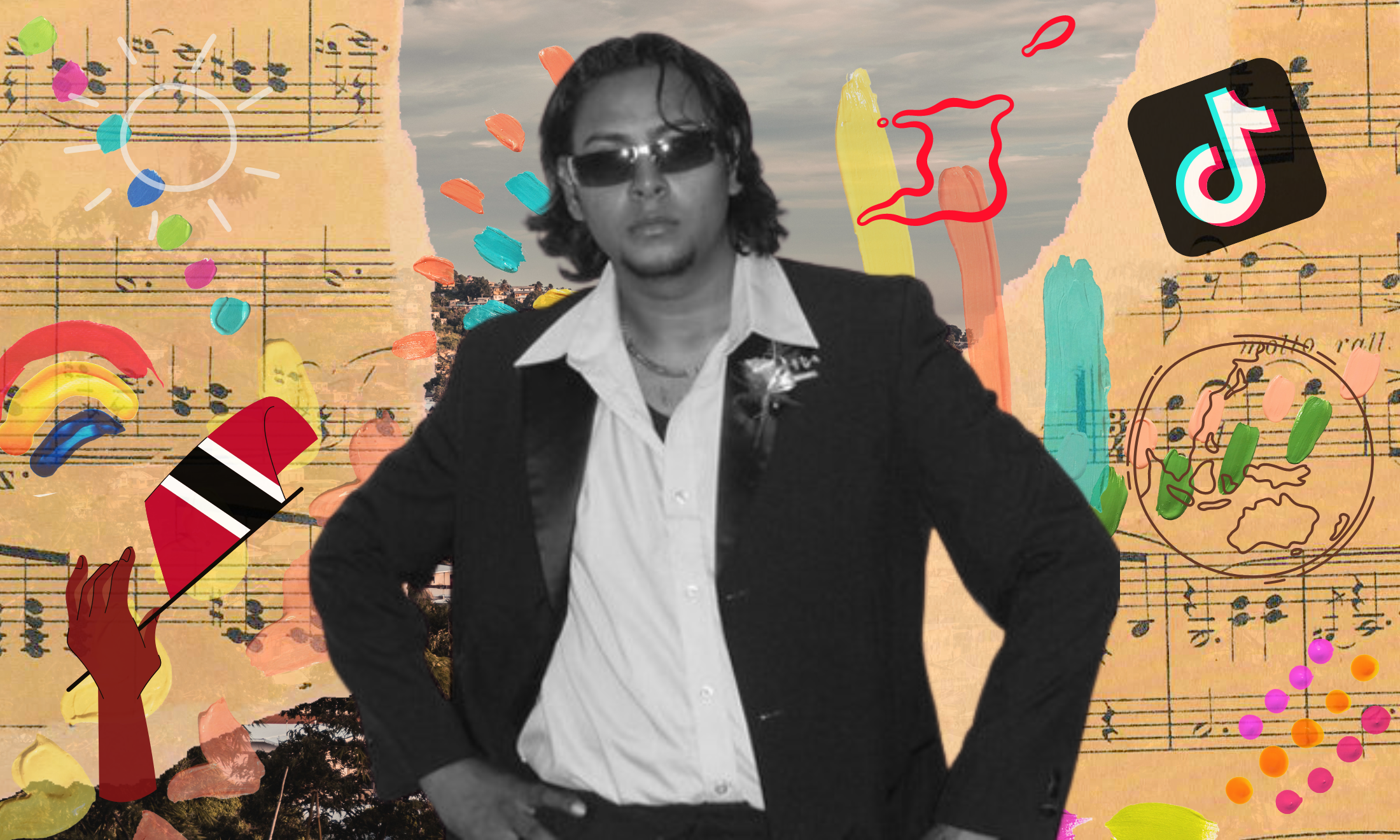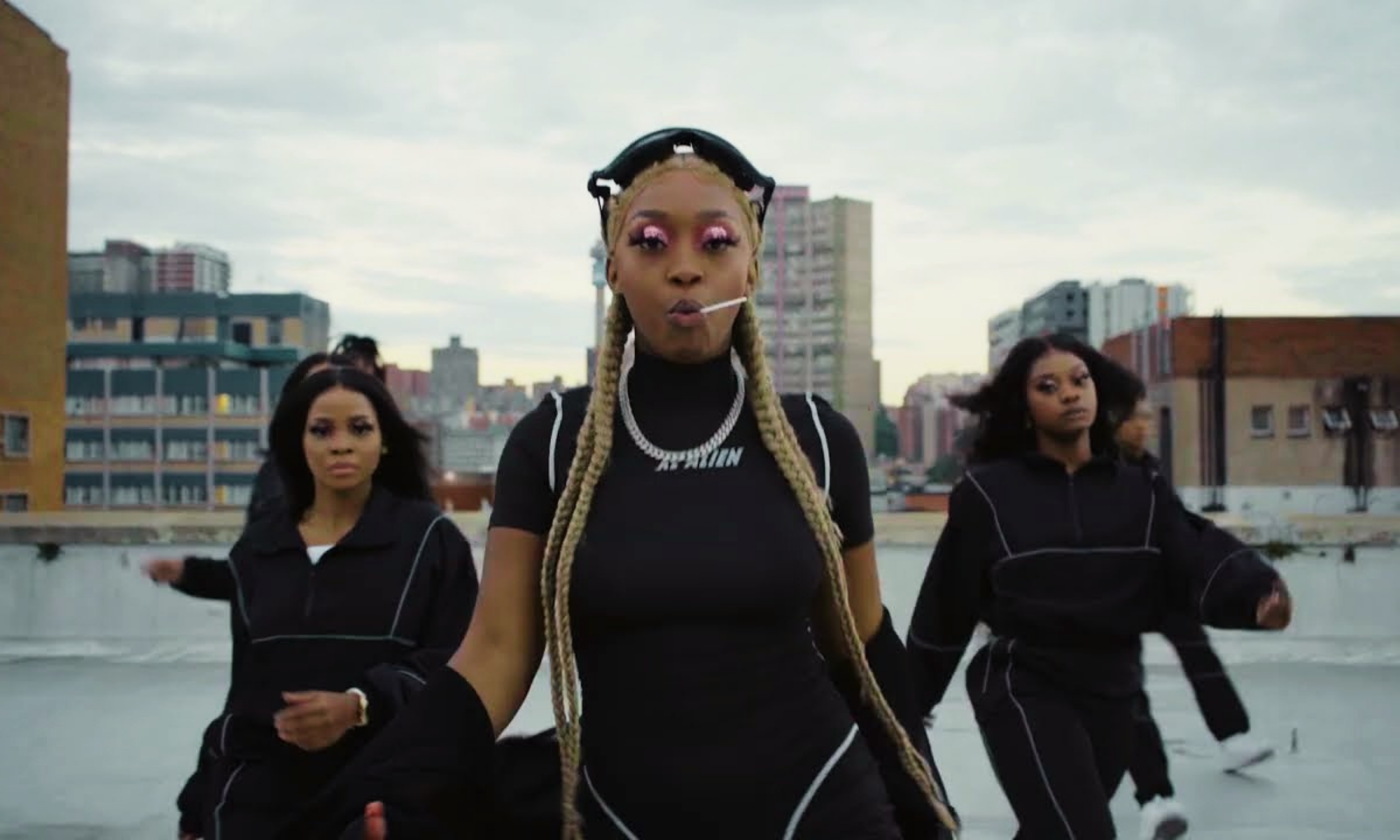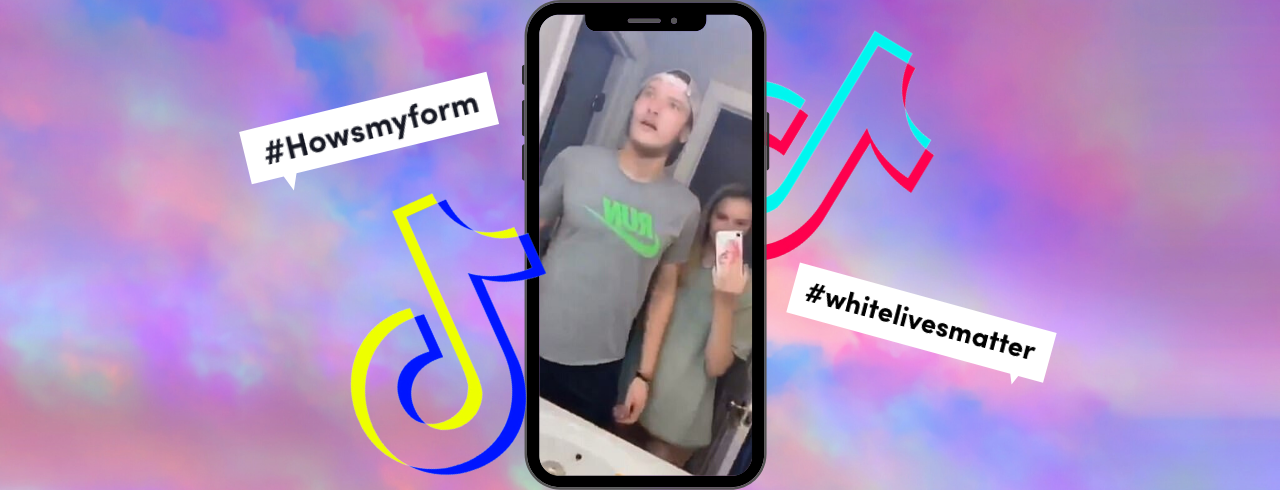
The looting of TikTok dances makes Bring it On look like a documentary
Seeing Addison Rae secure the bag and get all the glory for black people's creativity is very familiar
Olivia Hopley
09 Apr 2021
It has been 21 years since the 2000 smash hit Bring it On was released. The cult classic, featuring Kirsten Dunst and Gabrielle Union, followed a feud between the Beverly Hills reigning champion cheerleading squad The Torros and the rivalling East Compton Clovers. For young people, this was likely the first explicit illustration of cultural appropriation. Each hip gyration lost at least 30% of its swing, each body pop popped less and yet the Torros earned their long-reigning title by stealing routines from their black and ethnic minority opponents for many years. The East Compton Clovers lacked investment, never being able to attend the competitions and receive the recognition they clearly deserved. As time passes, it becomes clearer that this high school chick flick is a masterpiece – an easily digestible foray into cultural appropriation and socio-economic disadvantages of the dance world in the USA. Quite crucially, it’s also the story of TikTok in 2021.
In the past year, TikTok has changed the face of social media. The app consists of snappy videos, mostly dance trends made to popular mainstream music. Many young people, like Charli D’Amelio, and Loren Gray have made careers off the back of repeatedly performing viral dances on their TikTok profiles. One of the most notable TikTok personalities, Addison Rae, has gained a huge 79 million followers and a collective five billion likes through making repeated videos of dance trends. Addison’s career was taken to another level last week as she was invited to feature on The Tonight Show with Jimmy Fallon, where she taught Jimmy eight Tiktok dances.
Subsequently, criticism gained momentum on Twitter and TikTok. One side by side comparison narrated by a user named @5hahem shows the chasm in dancing skill as he questions: “where is the flavour, where is the creative energy, why is it that you just replicate and water down everything that we do?” Many, including one of the original dancer creators Mya Johnson, felt the show was a missed opportunity to credit the primarily Black creators inventing the dances and questions were asked whether Addison’s career would exist without them in the first place. One TikTok user wrote: “Black people are the blueprint and yet we see some of the most difficulty converting that into compensation and opportunities”.
These dances have become so popular because they encapsulate characteristics of many Black produced ideas: energy, passion, vim, joy, soul. I feel that Addison doesn’t represent those defining characteristics in her portrayals of the dances. Rather, she gives a pretty mediocre, stiff and lacklustre performance, doing the originals literally no justice whatsoever. In other words: yassss girl, give us nothing.
The dances performed by Addison included the Savage dance – made and popularised by Keke Janjah, the Up dance, which first appeared on Mya Johnson’s TikTok and the Laffy Taffy dance, created by Flyboyfu. The original creators were overlooked and not originally credited on the show, and the mounting criticism had forced Jimmy to address the situation on the show the following week. “We recognise the creators of those dances deserve to have their own spotlight,” he said. But how many times will the Black community have to put up with this recurring issue? Will young Black talent ever receive the same initial exposure from their own work, or will they always stand in the shadows of Charli and Addison? It seems that in the world of TikTok, Black creators are always secondary.
In March of 2020, 16-year-old Charli D’Amelio was believed to be the “CEO” of the viral “Renegade” dance. Through making repeated TikToks doing the “Renegade” she gained 111.6 million followers and a collective nine billion likes. Charli is arguably the most acclaimed TikTok star, soon to star in her own docuseries The D’Amelio Show on Hulu this year. She has been able to easily capitalise on this attention, as her other endeavours include a book, a podcast, a nail polish collection, and a makeup line. Since her quick rise to fame, she has had no problems securing several very large bags. According to Forbes, Charli is the second-highest earning TikTok personality, following Rae.
“She gives a pretty mediocre, stiff and lacklustre performance, doing the originals literally no justice whatsoever”
Unfortunately, this was not the case for Jalaiah Harmon, 14-year-old dancer from Atlanta. Twitter revealed that Harmon was in fact the originator of the viral dance, but received a fraction of the social media hype. Upon learning this, the artist of the song Lottery (used for the Renegade dance), K-Camp, invited Jalaiah to feature in a video of her performing the dance to make sure she received the credit she deserved. She and Charli were then invited to an NBA game to perform together and have made many a TikTok together doing Jalaiahs original version. Since then, Jalaiah is now also verified on TikTok with 2.9 million followers and a collective 34.1million likes. And so, just as the Clovers squad in Bring it On managed to get to Nationals and claim their rightful title, performing their original dances, Jalaiah ended up getting some form of justice. But their follower counts are still wildly different. Compare Jalaiahs’ 2.9 million vs. Charli’s 111.6 million, and think, if 2+2 is 4, right, and 5+5 is 10, then what the f*ck is this? Something is not adding up.
The cultural appropriation within the media industry is sadly nothing new for the Black community, and it’s been depicted in film many times too. The 2009 remake of Hairspray showed how this happened in segregated America, where Tracy only gets recognised by Colin to be on The Corny Collins Show because she befriended the ‘Negro Day’ kids in detention and used Seaweed’s dance moves at the audition. Similarly, the 2006 film Dreamgirls, showed how Black songs would struggle to get played on mainstream radio, leaving the door open for white people to remix their songs with major success as if it was theirs.
TikTok’s Twitter-owned predecessor, Vine, dominated the early 2010s. Many African-American vine stars’ dances, slogans and taglines were used and capitalised upon without any credit and form of monetary recognition. Even now, a lot of internet current humour and memes come directly from Black creators.
So, just as Bring it On showed us 21 years ago, the legacy of colonisation and systemic racism, disproportionately affects the ability of many Black people to fairly profit their own work in the creative industry. No matter what the social media platform: talented Black social media users continue to be subject to white repossession and appropriation, preventing them from achieving heights of fame to the white social media users.









